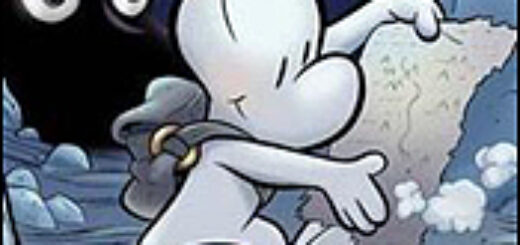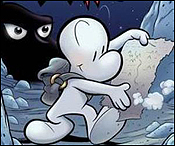Monkeybrain and ComiXology announce exclusive distribution agreement for Monkeybrain’s new line of independent creator-owned comics
A press release from Chip Mosher of ComiXology.com:
New York Times bestselling comic book creator Chris Roberson is celebrating “Independents Day” a little differently than others this year as he and co-publisher Allison Baker launch MonkeyBrain Comics, with a slate of creator-owned titles from some of the top names in the field. MonkeyBrain Comics will debut digitally first on comiXology—the revolutionary digital comics platform with over 75 million comic and graphic novel downloads to date—through a exclusive distribution agreement between the two companies.
Joining Roberson (iZombie, Memorial, Cinderella) under the Monkeybrain Comics umbrella with their own independent titles will be a who’s who line up of creators, including: Grace Allison, Nick Brokenshire, J. Bone, Chad Bowers, Wook-Jin Clark, Colleen Coover, Kevin Church, Dennis Culver, Matt Digges, Ming Doyle, Curt O. Franklin, Ken Garing, Chris Haley, David Hahn, Phil Hester, Joe Keatinge, D.J. Kirkbride, Adam Knave, Axel Medellin, Jennifer L. Meyer, Michael Montenat, Ananth Panagariya, Thomas Perkins, Adam Rosenlund, Chris Schweitzer, Brandon Seifert, Chris Sims, Matthew Dow Smith, Paul Tobin, J. Torres, Josh Williamson and Bill Willingham, among others.
More creative teams with new titles will be announced next week at Comic-Con International during the Monkeybrain Comics panel on Friday, July 13th at 7PM.
“MonkeyBrain Comics was born out of a desire to directly explore what opportunities there were in the newly expanding digital marketplace for creator owned material,” said Roberson. “We knew from the get go that we’d want to work exclusively with comiXology, who have become the undisputed leader in the digital comics field with their platforms’ unparalleled reading and shopping experience. And we’re pleased to have so many of our close creator friends along for the ride. I can’t wait to see what fans around the world think about our first batch of releases!”
“We’re excited to be the exclusive digital home of MonkeyBrain Comics,” says co-founder and CEO David Steinberger. “ComiXology’s mission is to get comics into the hands of people everywhere and we look forward to doing just that with Chris and Allison’s stellar line of creator owned comics!”
MonkeyBrain Comics is a new comics imprint of Roberson and Baker’s long-running publishing company MonkeyBrain Books. Over the past decade, MonkeyBrain Books has published a line of prose novels by authors such as Phillip Jose Farmer, Michael Moorcock, Rudy Rucker, Paul Cornell and genre collections edited by such notables as Joe R. Lansdale, Lou Anders and others.
Launching their first titles on July 4th with the slogan “Independents Day” exclusively on the comiXology digital platform, Monkeybrain Comics are currently exploring following up their digital releases with trade paperback collections.
Related articles
- New MonkeyBrain digital imprint launches with five titles (comicsbeat.com)



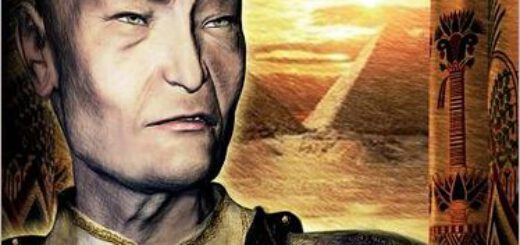
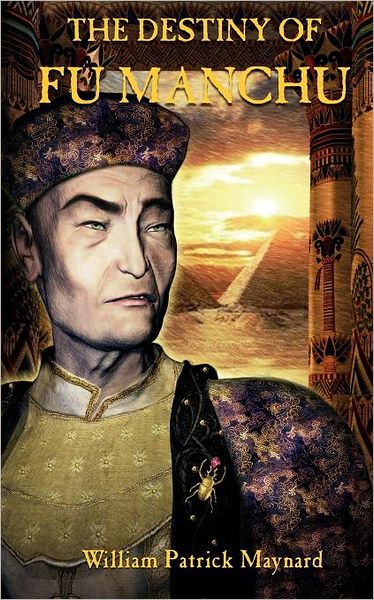



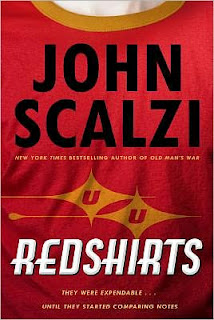 It is simply impossible to declare a novel “not funny.” Humor is so personal that all any person can really do is declare whether he laughed or not.
It is simply impossible to declare a novel “not funny.” Humor is so personal that all any person can really do is declare whether he laughed or not.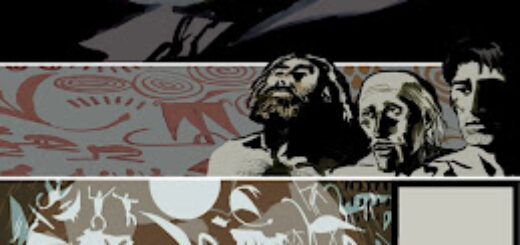
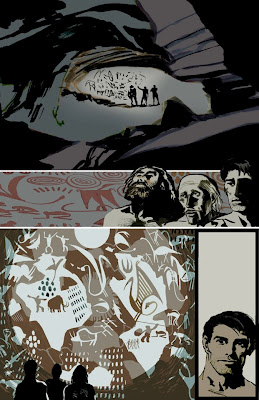


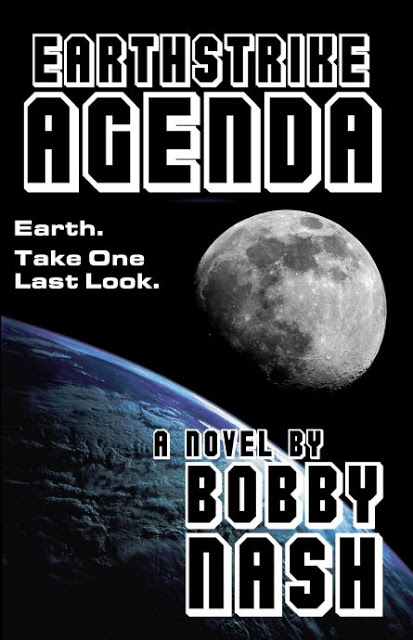
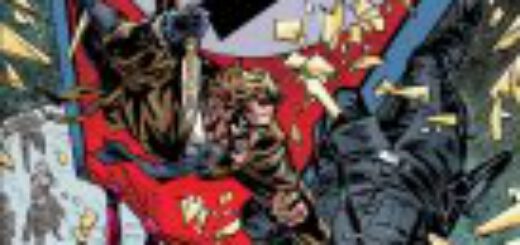

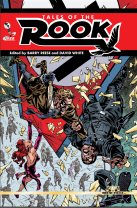
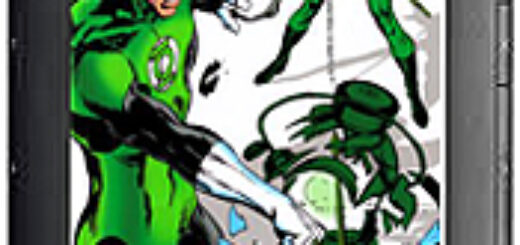

 Jim Sokolowski, formerly of Marvel and DC Comics, joins Archie Comics as Senior Vice President – Sales and Business Development. “Ski” will oversee the company’s sales efforts in the direct, bookstore, digital and newsstand markets and guide plans to expand the reach of the company’s iconic characters and storylines. “Ski” brings a wealth of experience to the company, having previously served as Chief Operating Officer at Marvel and Executive Director of Publishing Operations at DC Comics.
Jim Sokolowski, formerly of Marvel and DC Comics, joins Archie Comics as Senior Vice President – Sales and Business Development. “Ski” will oversee the company’s sales efforts in the direct, bookstore, digital and newsstand markets and guide plans to expand the reach of the company’s iconic characters and storylines. “Ski” brings a wealth of experience to the company, having previously served as Chief Operating Officer at Marvel and Executive Director of Publishing Operations at DC Comics.